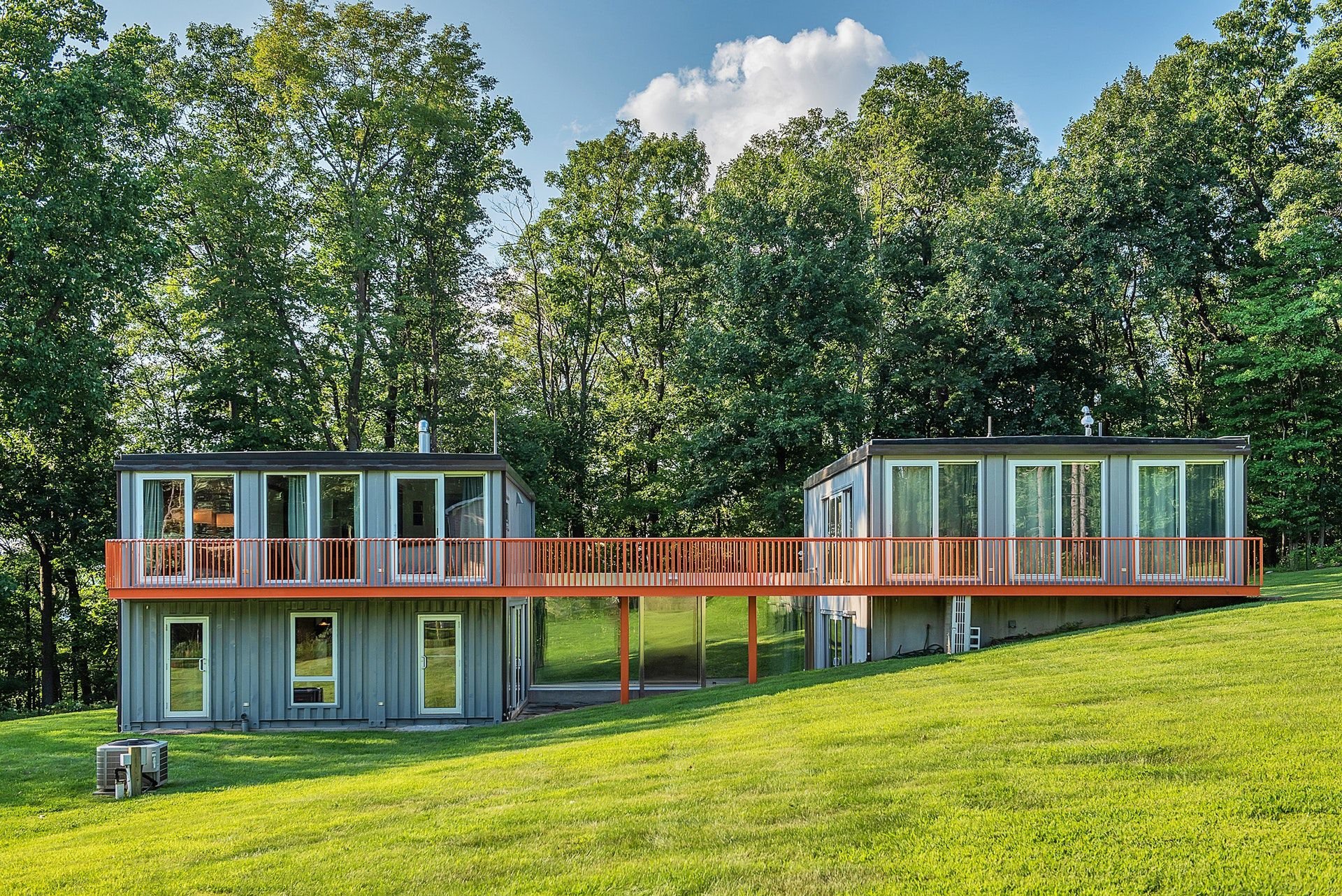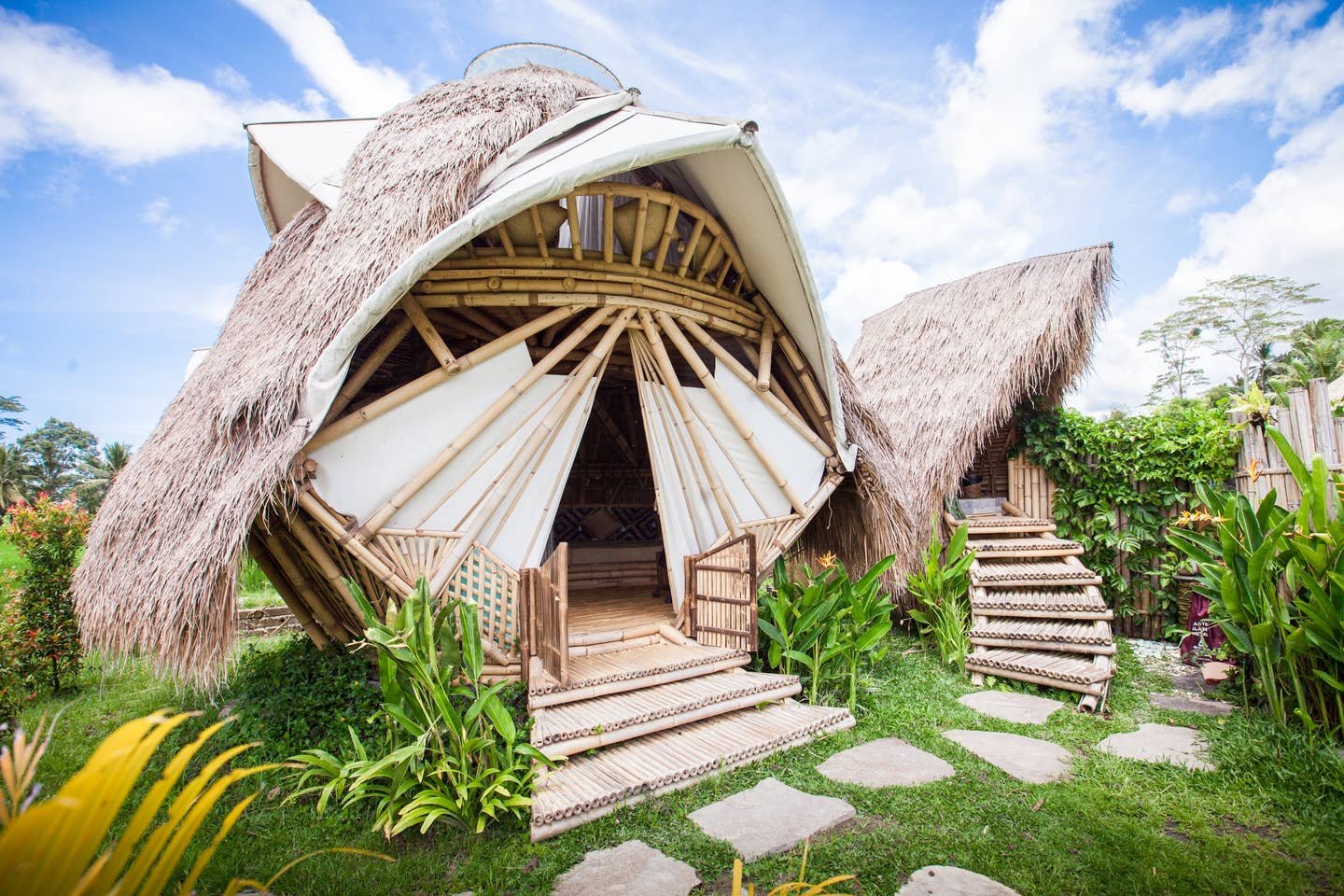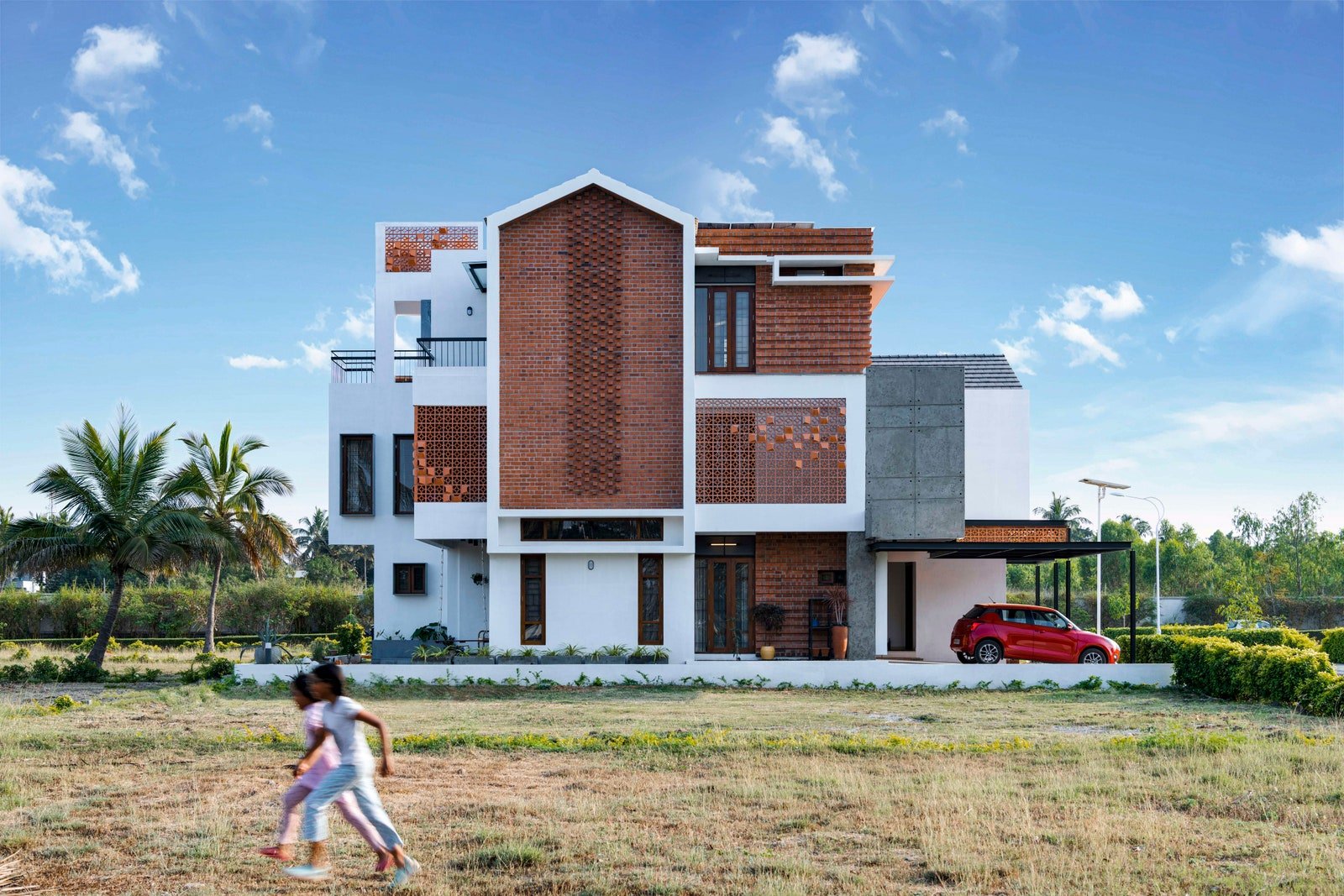Embark on a journey towards sustainable living with [- Eco-Friendly Homes in Bangalore: A Guide to Sustainable Living]. Discover the art of crafting eco-friendly homes that seamlessly blend innovation, environmental consciousness, and modern living.
Key Takeaways:
- Sustainable Features in Bangalore Homes:
- Handmade mud blocks, rainwater harvesting, organic gardening, natural light
- Hombelaku:
- Sustainable home designed by Good Earth Bangalore
- Laughing Waters:
- Water conservation focus, rainwater harvesting, natural light
- Hosamane:
- Abundant plant life, rainwater harvesting system
- Kachra Mane:
- Innovative recycled materials used in construction
Building Eco-Friendly Homes in Bangalore: A Comprehensive Guide

Eco-friendly homes are not just beneficial for the environment but also for their occupants. They offer a healthier and more comfortable living experience while reducing energy consumption and carbon footprint. If you’re looking to build an eco-friendly home in Bangalore, here’s a step-by-step guide to help you get started:
1. Choose a Sustainable Site
Selecting a strategically located site can significantly reduce your home’s environmental impact. Consider factors like solar orientation to maximize natural light and warmth, and proximity to public transportation to minimize car dependency.
2. Use Eco-Friendly Products and Materials
Opt for sustainable materials such as bamboo, reclaimed wood, and recycled metals. Look for products with low VOC emissions and certifications like GreenGuard or Greenguard Gold.
3. Energy-Efficient Design
Focus on passive solar design principles to capture natural light and heat. Use high-performance windows and insulation to reduce energy loss. Consider renewable energy sources like solar panels or geothermal heating.
4. Water Conservation
Implement rainwater harvesting systems to collect and store rainwater for various purposes. Choose water-efficient fixtures and appliances to minimize water consumption. Landscaping with native plants can further reduce outdoor water usage.
5. Zero Waste Lifestyle
Build in features that support a zero-waste lifestyle, such as composting bins and recycling areas. Use reusable materials wherever possible and avoid single-use plastics.
6. Indoor Environmental Quality
Prioritize indoor air quality by using low-VOC paints and finishes. Incorporate natural ventilation systems or air purifiers to provide fresh and healthy air. Consider incorporating indoor plants, which can improve air quality and add a touch of nature.
7. Seek Professional Guidance
Collaborate with an architect or contractor specializing in eco-friendly design. They can provide valuable insights and ensure your home meets sustainability standards.
Notable Eco-Friendly Homes in Bangalore
- Hombelaku: This home features handmade mud blocks, a rainwater harvesting system, an organic garden, and abundant natural light.
- Laughing Waters: Boasting a rainwater harvesting system, natural light, and designed by water conservation expert Rajesh Shah and community gardener Vallari Shah.
- Hosamane: With over 100 plant varieties and a state-of-the-art rainwater harvesting system, this home designed by architect Satyaprakash Varanasi exemplifies sustainable design.
- Kachra Mane: Literally meaning “Trash Home,” this home is built using recycled materials and promotes sustainability.
For those seeking a sustainable lifestyle, discover our eco friendly home builders who prioritize environmentally conscious construction practices.
Maintain a pristine and healthy home environment with our eco friendly home cleaning services, utilizing eco-friendly products and techniques.
Transform your living space into an oasis of comfort and sustainability with our eco friendly home goods, sourced from ethical and sustainable vendors.
Maximize your productivity and style with our executive home office ideas, featuring ergonomic designs and sophisticated aesthetics.
Water Conservation Techniques for Eco-Friendly Homes in Bangalore

Every drop counts, especially in a city like Bangalore. Our city is growing fast and with that comes a growing environmental footprint. As architects, we have an opportunity to make a positive difference by designing homes that conserve water.
Here are a few simple yet effective ways we can incorporate Water Conservation Techniques for Eco-Friendly Homes in Bangalore:
1. Rainwater Harvesting
This is an age-old technique that involves collecting and storing rainwater for later use. Rainwater can be used for irrigation, laundry, and even flushing toilets. To set up a rainwater harvesting system, you will need a rainwater collection tank and a filtration system.
2. Low-Flow Fixtures
Low-flow fixtures, such as showerheads and faucets, can reduce water consumption by up to 50%. Look for fixtures that have the WaterSense label, which means they meet the EPA’s standards for water efficiency.
3. Water-Efficient Landscaping
Native plants are drought-tolerant and require less water to survive. When it comes to your Bangalore home, consider incorporating plants like Indian coral jasmine, the desert rose, and the curry plant into your garden. These are all well-adapted to the area’s climate and require minimal watering.
Xeriscaping
Xeriscaping is a landscaping technique that focuses on using plants that are drought-tolerant. By reducing water consumption, this helps conserve water.
Key Takeaways:
- Rainwater harvesting systems collect and store rainwater for later use.
- Low-flow fixtures reduce water consumption by up to 50%.
- Water-efficient landscaping uses native plants that require less water.
- Xeriscaping is a landscaping technique that focuses on using drought-tolerant plants.
Relevant URL Sources:
- How to Build an Eco-Friendly Home That’s Cool in Summers & Saves 500 Litres of Water/Day
- How Can We Conserve Water? 3 Remarkable Examples for Eco-Friendly Homes
Waste Management Strategies for Eco-Friendly Homes in Bangalore
In our stride towards sustainable living, managing waste effectively is paramount. Waste Management Strategies for Eco-Friendly Homes in Bangalore is a crucial aspect of creating greener, healthier spaces. Here’s how you can reduce your environmental footprint:
- Composting: Transform organic waste into nutrient-rich soil enhancers, diverting it from landfills. Consider setting up a compost bin or using biodegradable bags.
- Recycling: Segregate and collect recyclables like paper, plastic, and metal. Collaborate with local recycling programs to ensure proper disposal and reuse.
- Water Conservation: Minimize water consumption through efficient appliances and fixtures. Implement rainwater harvesting systems to collect and store rainwater for various purposes.
- Waste Reduction: Embrace reusable bags, avoid single-use plastics, and explore reusable containers. By reducing waste generation, you lighten the burden on landfills.
- Responsible Waste Disposal: Hazardous waste, such as batteries, e-waste, and chemicals, requires proper disposal to prevent environmental contamination. Find authorized disposal facilities in your area.
Key Takeaways:
- Composting converts organic waste into nutrient-rich soil amendments, reducing landfill contributions.
- Recycling diverts reusable materials from landfills, conserving resources and reducing pollution.
- Water conservation measures minimize water consumption, saving costs and preserving water resources.
- Waste reduction strategies curb waste generation, lightening the burden on landfills.
- Responsible waste disposal safeguards the environment from hazardous waste contamination.
Relevant URL Sources:
- Waste Management Strategies for Eco-Friendly Homes in Bangalore
- Best Practices for Waste Management in Green Buildings
Indoor Environmental Quality Considerations for Eco-Friendly Homes in Bangalore
When crafting a green abode, it’s not just about energy efficiency and eco-friendly materials. Indoor Environmental Quality (IEQ) takes center stage, ensuring a healthier and more comfortable living space. Here are some key considerations:
Ventilation and Air Quality
- Maximize natural ventilation: Open windows and doors often, allowing fresh air to circulate and reduce indoor pollutants.
- Install air purifiers: Look for purifiers with HEPA filters to remove allergens, pollutants, and odors.
- Include indoor plants: Plants act as natural air purifiers, absorbing harmful toxins and releasing oxygen.
Low-VOC Materials
- Choose paints, finishes, and furnishings with low VOCs (Volatile Organic Compounds): VOCs can release harmful fumes that affect indoor air quality.
- Opt for natural materials: Wood, bamboo, and stone emit fewer VOCs than synthetic materials.
Thermal Comfort
- Consider passive solar design: Position windows and rooms to optimize natural sunlight and reduce the need for artificial lighting and heating.
- Use insulation and thermal glazing: These measures help regulate indoor temperatures, reducing energy consumption and creating a more comfortable living environment.
Lighting
- Utilize natural light: Maximize window sizes and strategically place rooms to allow ample sunlight.
- Choose energy-efficient lighting: Opt for LED or CFL bulbs that consume less energy and last longer.
- Incorporate daylighting controls: Sensors and timers can adjust lighting levels based on natural light availability.
Acoustic Comfort
- Install soundproofing materials: Use acoustic panels or carpets to reduce noise levels from outside or adjoining rooms.
- Design for sound separation: Position noisy areas, such as kitchens and entertainment spaces, away from bedrooms and living rooms.
Key Takeaways:
- Prioritize maximizing natural ventilation and air quality.
- Choose low-VOC materials and incorporate indoor plants for a healthier indoor environment.
- Consider passive solar design and insulation for thermal comfort.
- Leverage natural light and energy-efficient lighting to create a well-lit and sustainable space.
- Address acoustic comfort to reduce noise pollution and create a tranquil living space.
Relevant URL Sources:
- Green Building Council of India: Indoor Environmental Quality
- Indian Institute of Technology Madras: Sustainable Architecture and Indoor Environmental Quality
FAQ
Q1: What are the key features of eco-friendly homes in Bangalore?
Q2: How can homeowners in Bangalore incorporate sustainable practices into their homes?
Q3: What are the benefits of owning an eco-friendly home in Bangalore?
Q4: What are the challenges associated with building eco-friendly homes in Bangalore?
Q5: What local resources and expertise are available to support eco-friendly home building in Bangalore?
- Modern Backsplash Ideas: A Guide to Todays Kitchen Trends - December 18, 2025
- Ceramic Kitchen Wall Tiles: Style and Protection for Your Walls - December 17, 2025
- Kitchen tiling wall: Elevate your kitchen with stylish wall tiles - December 16, 2025









